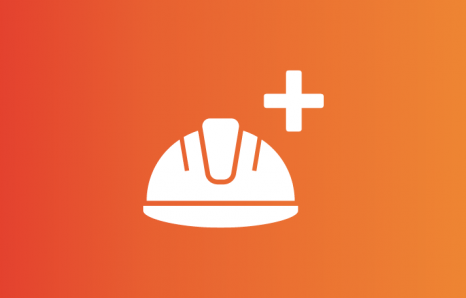Over 20 rail companies are signed up to the award-winning rail industry health data dashboard project. The findings are already providing a powerful tool to generate evidenced based decisions to help businesses to improve overall wellbeing and health for rail staff. This session covers how companies have overcome the challenges of collecting health data, what to do if you are unsure or don’t know where to start collecting data and how it supports the story telling; answering the “why” and “so what” when taking action to drive change. It also touches on how frontline staff are not only the biggest assets to any business but how their reporting is key to identifying and managing the risks posed to rail staff in today’s climate.
You may also be interested in:

Building a peer-to-peer support network in your organisation
Nick Baddeley, Louise Mears and Fran Garvey-Fereday discuss the development, challenges, and implementation of a ‘Wellbeing Ambassador’ network within Network Rail. Based on their own experiences, they deliver a best-practice guide for all.

Melanoma skin cancer
Watch this talk on melanoma awareness and prevention. Learn how to protect your skin from harmful UV rays with simple tips like using SPF 30+ sunscreen, covering up, and spotting early signs such as changing moles. Featuring survivor David Bateson and Susanna Daniels, CEO of Melanoma Focus, this short session offers expert advice and personal insights to help you enjoy the sun safely.

Solving the industry occupational health capability gap together
Hear from rail operators and experts about challenges around occupational health, followed by a lively discussion on what needs to change to unlock occupational health capability and what part you could play in making it happen.
